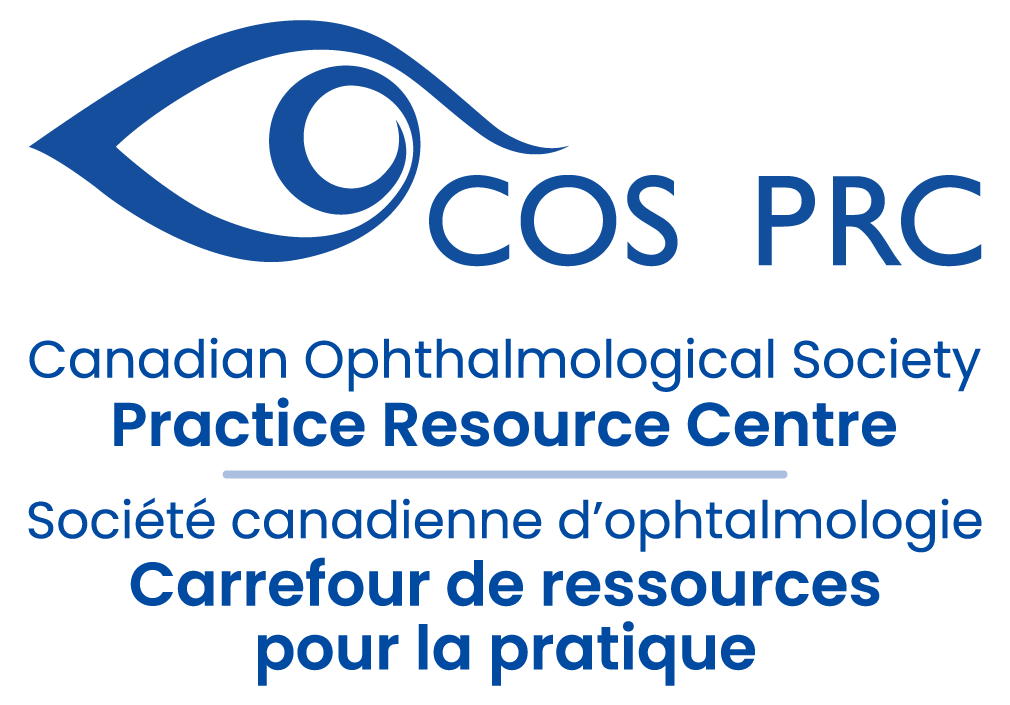Advocacy is essential for protecting and advancing ophthalmology as a profession. Whether addressing patient access to care, healthcare system sustainability, or funding for vision research, your voice can make a difference. Engaging with policymakers ensures that ophthalmology remains a priority in healthcare discussions.
Musculoskeletal Disorders in Ophthalmologists
The COS Ergonomics working group is pleased to share an online resource focused on musculoskeletal disorders in ophthalmologists. Developed by Queen’s University in collaboration with Weill Cornell Medicine, this online module highlights best ergonomic practices and injury prevention.
Why is this important? The physical demands of ophthalmology puts physicians at risk for work-related musculoskeletal disorders (MSDs) due to poor ergonomics.
After this module, participants will:
- Review the importance of ergonomics for ophthalmologists;
- Identify areas in the clinic and operating room that may predispose to musculoskeletal disorders;
- Learn proper ergonomic risk factor modification;
- Recognize signs and symptoms of musculoskeletal disorders, understanding the importance of early intervention.
Completion of this online module has been determined by Queen’s University to be eligible for 0.5 hours of Royal College Physicians and Surgeons of Canada Section 2: Self Learning credits.
Ready to learn more? Click below!
CJO: April 2025 Issue Highlights
The April 2025 CJO is now available online. Here are some of the highlights:
Resident Perspectives + visual abstract: Our talented team of residents have summarized 3 articles from this issue with a focus on what’s most relevant to ophthalmology learners here in Canada and around the globe. And our April visual abstract provides a visual summary of an article on the Comparison of venturi and peristaltic based phacoemulsification efficiency in routine femtosecond laser cataract surgery.
Reviews and Original Research Articles:
- Anterior uveitis for the comprehensive ophthalmologist
- Ophthalmic rehabilitation in oncology care
- Can high-resolution optical coherence tomography provide an optical biopsy for ocular surface lesions?
- When and which second-line workup to perform for uveitis: a tertiary care center experience
- Diversity gaps among practicing ophthalmologists in Canada: a landscape study
- Reoperation for congenital ptosis: characteristics, success rates, and predicting factors
- Computer-aided diagnosis of eyelid skin tumors using machine learning
Research Letters, Photo Essays, Case Reports, and more:
- Unequal access to routine eye exams in Canada: an analysis of government-funded eye exam coverage policy and associated vision health outcomes
- A national benchmarking survey for quality improvement and safety in ophthalmology
- Pigmented intratarsal keratinous cyst with polymicrobial colonization
- Indications and outcomes of intraocular lens exchange in a Canadian population
- Solar retinopathy following the April 2024 eclipse in Quebec, Canada
- Crafting the ophthalmic surgeon’s mindset
- F. Y. EYE Column
Follow the CJO on social media:
BlueSky: @cjo-jco.bsky.social
Facebook: CanJOphth
Instagram: @cjo_jco
LinkedIn: CJO – JCO
Atlantic Eye Symposium 2025
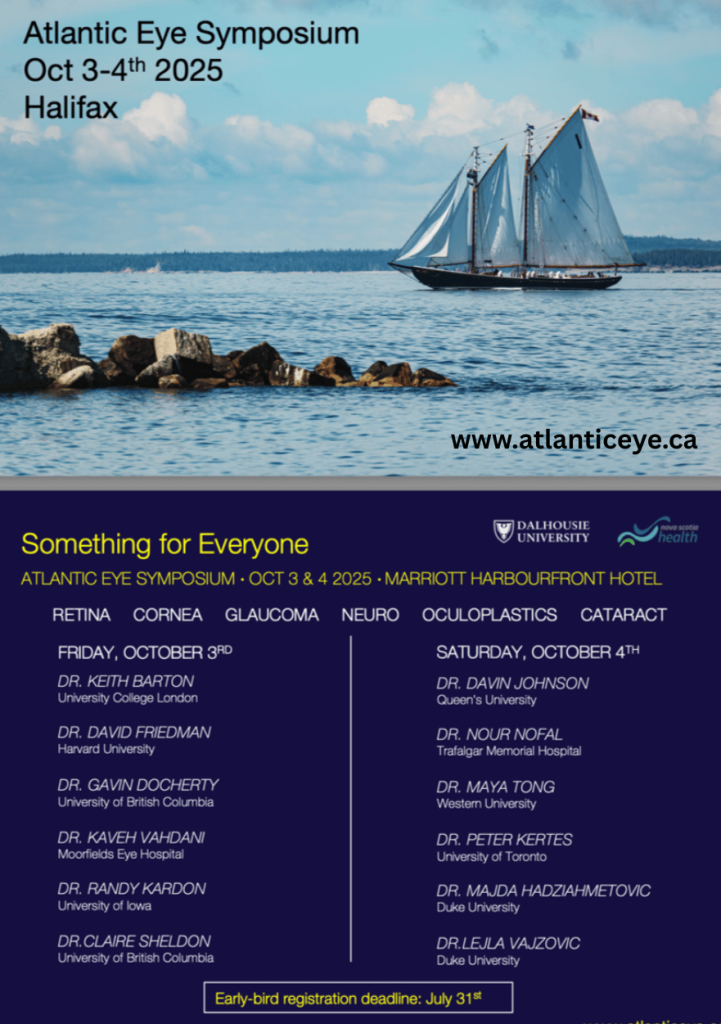
The next Atlantic Eye Symposium will be taking place in Halifax, Nova Scotia from October 3rd to 4th, 2025. For more information about the event, please visit: https://www.atlanticeye.ca/
Webinar Recording: Strengthen Your Advocacy Skills Ahead of the Federal Election

Join Our Exclusive Webinar for COS Members and Residents
COS is pleased to provide this Advocacy and Government Relations webinar for the upcoming Federal Election. This event was offered exclusively to COS members and Residents on April 16th, 2025.
We are living in unprecedented times—facing evolving healthcare challenges, an aging population, and a rapidly changing political landscape. With the upcoming federal election serving as a pivotal moment for Canadians, this is a unique opportunity to unite in shaping the future of vision health and ophthalmology.
This accredited webinar designed to equip you with the skills and key messages needed to advocate effectively with local and provincial policymakers. Your voice is critical in ensuring that ophthalmology and vision health remain a priority on the national agenda.
Did you miss this webinar? Not to worry! A recording is available for our members and residents to view below.

Nina Ahuja, MD
COS Chair, Council on Advocacy
COS Board of Directors
Dr. Ahuja leads the COS Advocacy Council and advises the Board of Directors on COS’ advocacy and government relations initiatives. She recently developed a framework for implementing Canada’s National Eye Care Strategy, along with other key submissions to the federal government.
Learn more about COS’ advocacy work here.

Brett Hartley, Manager, Public Affairs
Impact Public Affairs
Brett Hartley is a seasoned government relations professional with a deep passion for Canadian politics, public policy, and relationship-building. With over a decade of political experience, including significant time on Parliament Hill, he has worked closely with municipal, provincial, and federal officials to drive impactful initiatives and deliver meaningful results for both policymakers and clients.
Learning Objectives
By the end of this webinar, you will be able to:
- Understand how to effectively communicate key issues to government officials and policymakers
- Learn best practices for securing and conducting successful meetings with elected officials
- Gain insights into the current political landscape and how it affects our ophthalmology profession
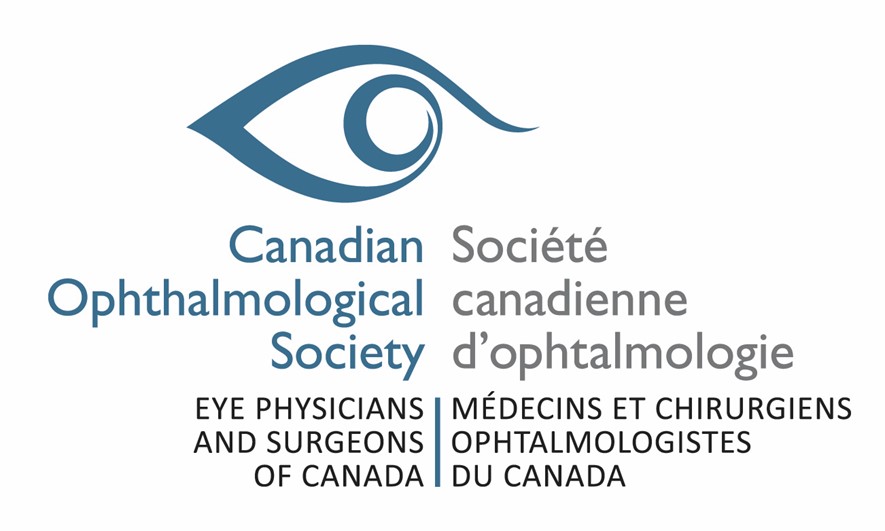
2025 ASOT Eye Trauma Annual Meeting
Submitted by: Félix Plamondon

2025 ASOT Eye Trauma Annual Meeting
The American Society of Ophthalmic Trauma (ASOT) invites physicians around the world to participate to their fourth meeting on eye trauma. Many learning opportunities on sports eye injuries, prevention and management of ophthalmic trauma will be offered throughout the meeting.
Date: May 9 – 10, 2025
Location: Houston Methodist Institute for Technology, Innovation and Education (MITIE) in Houston, Texas (6670 Bertner Avenue).
Important Information: The Annual Meeting registration closes on May 5th. There is a maximum of 40 attendees that can register for the damage control and reconstruction skills transfer lab (wet lab course). The early-bird pricing for registration ends on April 21st. This activity is recognized by the American Medical Association and can be counted for a maximum of 8.25 AMA PRA Category 1 credit.
Learning Objectives:
- Enhance your management and control of ocular trauma by learning or practising sophisticated surgical techniques with the wet lab course offered at the meeting.
- Stay updated on the newest breakthrough in ocular trauma by learning advancements from expert’s conferences and training throughout the two days.
- Connect with people in the field of eye traumatology around the globe to make great contacts for further collaboration.
Get all the details for the registration process and full schedule of the meeting here: https://theasot.com/2025-annual-meeting-information-page/
EyeNovation Webinar: The SIRE Sign and Functional Vision in Geographic Atrophy Treatments
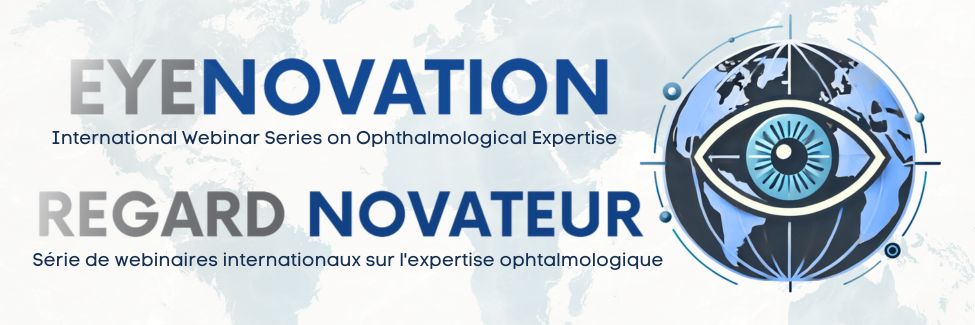
We’re excited to announce that our webinar, “EyeNovation: International Webinar Series for Ophthalmic Expertise” series, ‘The SIRE Sign and Functional Vision in Geographic Atrophy Treatments‘, was presented by Dr. Robyn Guymer on April 10, 2025, from 7:00 p.m. – 8:00 p.m. ET.
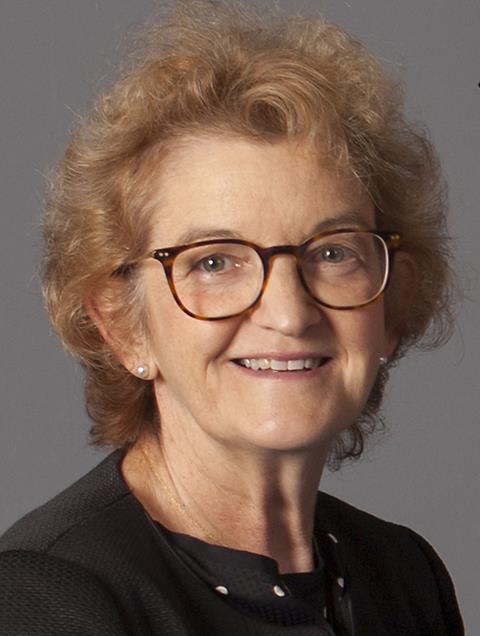
Professor Robyn Guymer is a Professor of Ophthalmology at Melbourne University, deputy director of the Centre for Eye Research Australia, and a senior retinal specialist at the Royal Victorian Eye and Ear Hospital.
A leading clinician scientist, she researches Age-related Macular Degeneration (AMD) and has co-authored over 400 peer-reviewed papers. Her work focuses on early AMD treatments, novel imaging biomarkers, and surrogate endpoints for early intervention trials.
She has led industry-sponsored trials, serves on pharmaceutical advisory boards, and is part of international macular disease groups. An inaugural fellow of the Australian Academy of Health and Medical Sciences, she was awarded the Member of the Order of Australia in 2018 and inducted into the Victorian Honour Roll of Women in 2021.
By the end of this webinar, you will be able to:
- Understand the relevance and importance of the SIRE sign
- Understand how functional vision has been tested in current GA trials
- Understand the issues around showing a functional change in vision in geographic atrophy
If you missed this webinar, not to worry! The recording is available below:
Vol 41, Issue 1: Video Journal of Cataract, Refractive, & Glaucoma Surgery – Innovative Devices From Around The World

The first issue of the Video Journal of Cataract, Refractive, & Glaucoma Surgery is live! They begin their 41st year with the new program entitled: Innovative Devices From Around The World.
To view more, please visit: http://www.vjcrgs.com/ and view the table of contents below!
56th Sally Letson Symposium

Join us from Thursday, September 11 – Saturday, September 13, 2025
This year’s topic is Uveitis – Cells, Haze, and Macular Edema: Seeing the Bigger Picture
Over the course of 2.5 days, the program will delve into the realm of ophthalmology with top experts, captivating lectures, interactive learning and cutting-edge insights that will elevate your learning and practice. Seize this opportunity to enrich your knowledge and skills in this vital field, all while earning Section 1 MOC credits!
Learning Objectives
At the end of the symposium, participants will be able to:
- Assess and differentiate between common and uncommon presentations of uveitis, and apply appropriate diagnostic and treatment strategies to enhance patient care.
- Analyze recent advancements in uveitis research, including novel therapies, immunosuppressive treatments, and emerging diagnostic techniques, and integrate new findings into clinical decision-making.
- Describe the complexities of uveitis and its impact on vision and overall health, demonstrate effective patient communication strategies, and collaborate with multidisciplinary teams to develop comprehensive, patient-centered care plans.
CanMEDS: Medical Expert, Scholar, Communicator
Target Audience: This symposium is designed for attendance by ophthalmologists, ophthalmology fellows and residents, optometrists, orthoptists, medical students, technologists, nurses, and other allied health professionals.
Get a sneak peek at the preliminary program! Click here for more information.
Location: Westin Ottawa, 11 Colonel By Drive, Ottawa, ON K1N 9H4
For more information, please visit the Sally Letson Symposium Website.
QUESTIONS? For inquiries relating to the scientific program and CPD credits, please contact Jill Garner [email protected]
COS – THE EYECAN PODCAST- New Season!
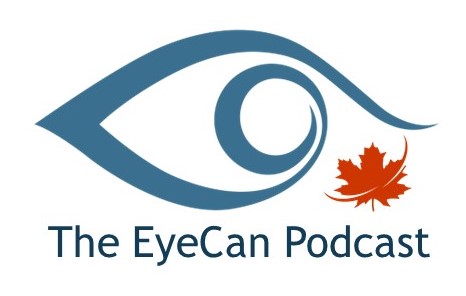
The podcast features guest speakers from across Canada and innovative practitioners from around the world discussing diverse topics and how they impact ophthalmology. Topics range from emerging techniques and technologies to building individual resilience as Canadian physicians. Through it all, this podcast aims to build connections within the ophthalmological community, share our experiences, and to truly promote the value the profession brings to the lives of patients.
Click here to listen on Apple Podcasts
Click here to listen on Spotify
Click here to listen on COS Media Player
